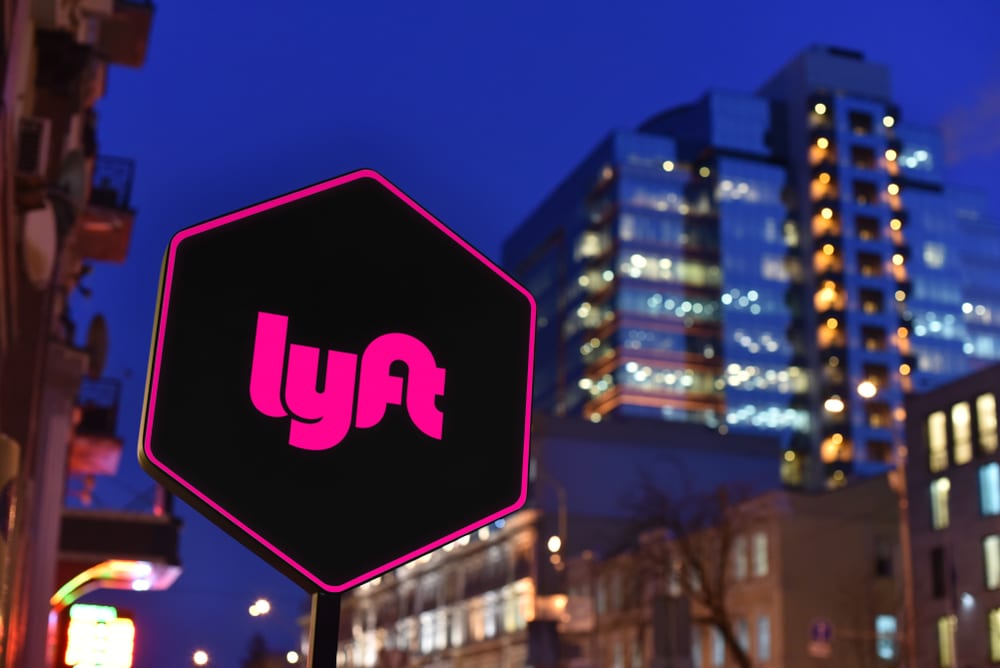Key points:
- Lyft stock plunged 25% premarket on the announced earnings miss
- Revenue was a beat, earnings a miss
- But this is the problem, how to earn money from giving rides?
- Lyft Stock Is Down 52% Since Going Public
Lyft (NASDAQ: LYFT) stock is down 26% this morning premarket off the back of the Q1 results announced last night. A slight oddity is that revenue actually beat expectations, while earnings only narrowly missed. This isn’t, normally at least, the sort of set of results which knocks a quarter off a stock price.
But then Lyft stock has been a disappointment since the IPO, it’s down 60% since then. There was a significant rally in the early stages of lockdown but that has faded away. We seem to have a basic problem in the ride share market. It’s clearly great for consumers, the economic numbers for the market as a whole show a significant rise in rides taken right across the economy. This isn’t, though, enough for a producer or supplier in a market to be making a profit.
For that there needs to be a shortage of suppliers of this new thing. Which isn’t something that is true of the rides market. So, what seems to be happening – and it’s happening in many different markets around the world, not just those Lyft is active in – is that each and near every player is making a loss even as the market itself continues to expand.

Also Read: How to Be a Sensible Investor
This is, as we say, great for consumers but for companies providing the service not so good.
The details of Lyft’s results seem to bear out this fairly gloomy reading of the marketplace. First quarter revenue of $875.6 million was 44% up, YonY. But the Q1 net loss was $230 million, which while that’s smaller it’s still a loss. Losses of 30% and more of revenue aren’t a good look, let’s be frank about it. Sure, adjusted EBITDA of $55 million looks better but then depending upon the adjustments made you can make non GAAP numbers look like pretty much anything you please.
There’s also that panful little point that while there was YonY growth, QonQ was actually a fall in revenue, from $969.9 million in Q4 2021 to that $875.6 million in Q1 2022. Even a strategy of trying to grow into the overheads costs is going to be difficult when that happens.
Reading into the details here that cynicism about the adjustments to reach the adjusted earnings could be supported. One major factor that makes adjusted EBITDA look very much better than the net loss is that there’s $163 million in stock-based compensation costs. This is also known as the cost of paying the staff and management. Yes, accounting means that it doesn’t cross that EBITDA part of the accounts but perhaps it should – or at least a full explanation of corporate profitability needs to take it into account.
Lyft beat revenues and only narrowly missed earnings. And yet the stock price dropped 25%? The probable answer is that there are no great signs of the losses ending – and it might well be that the stock won’t recover until there is significant evidence of them doing so.
